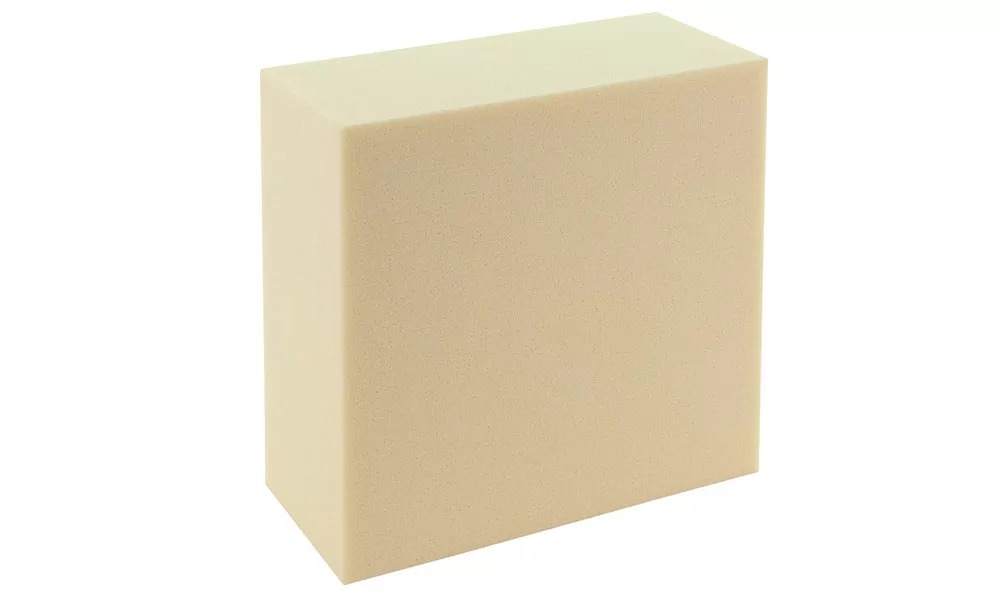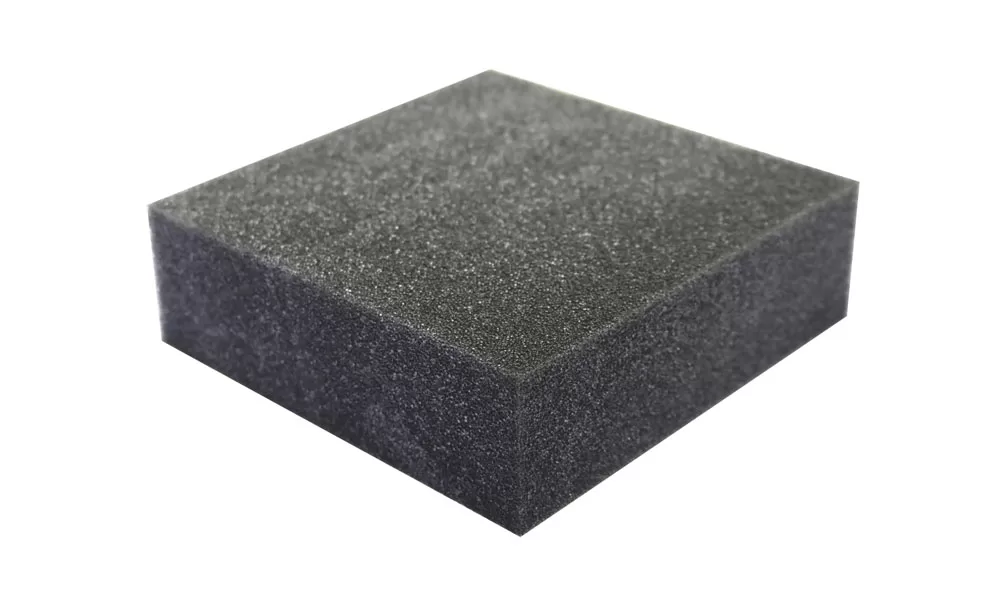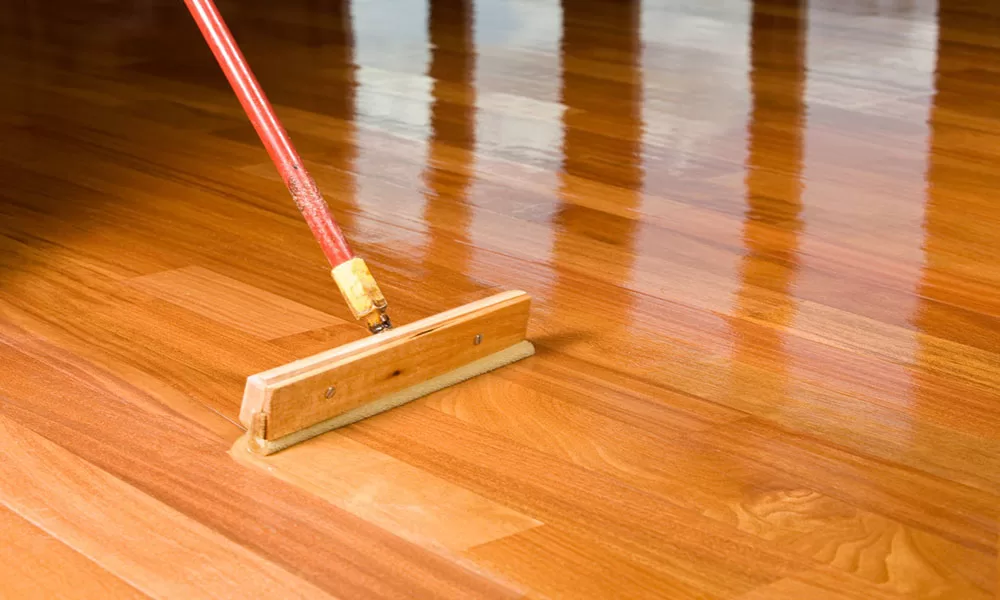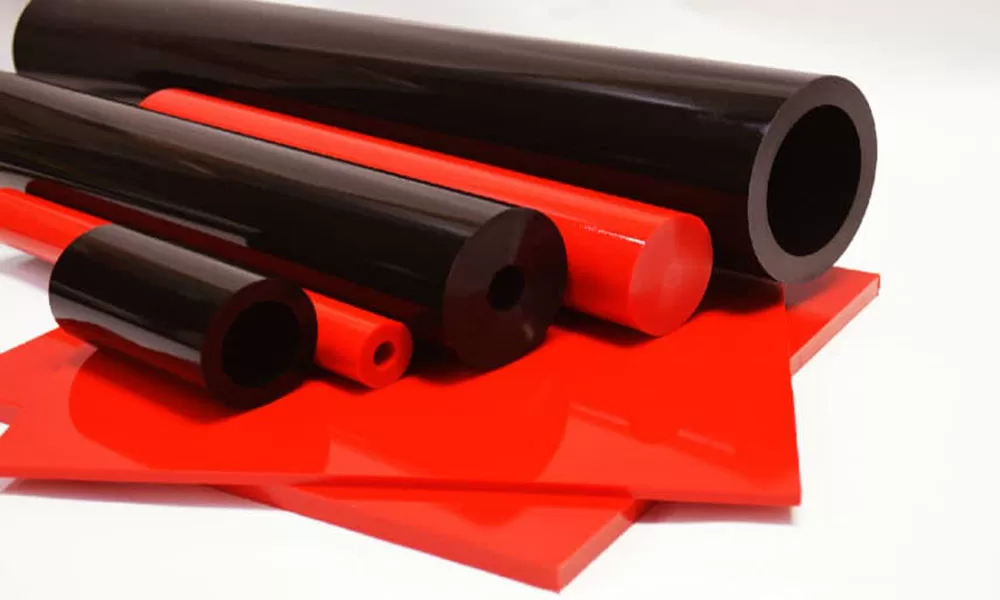Polyurethane is a common polymeric material with strong physical and chemical properties. Usually made by the reaction of isocyanate and polyol, it has good wear resistance, corrosion resistance, oxidation resistance, and heat resistance. They are widely used in industrial, construction, medical, and automotive fields. However, the performance of polyurethane materials is affected by factors such as preparation methods, formulations, and processes, so a series of tests are required to evaluate their performance.

Definition and Classification
Polyurethane (PU) is a polymer material generated by the reaction of isocyanate and polyol (or polyether, polyester, and so on.). It is widely used in construction, transportation, medical, furniture, electronics, packaging, and other fields.
- Rigid polyurethane: Also known as polyurethane foam, usually used in insulation, heat insulation, filling, and model, with lightweight, heat insulation, sound absorption, and other characteristics.
- Soft polyurethane: Also known as elastomer, it is commonly used in making cushions, seats, pillows, mattresses, and shoe pads. It has good elasticity, comfort, and wear resistance.
- Polyurethane coating: Mainly used for surface coating, anti-corrosion, and other fields, with good chemical resistance, abrasion resistance, water resistance, and so on.
- Polyurethane elastomer: Mainly used in the manufacture of casters, handrails, and shock absorbers, with good elasticity, wear resistance, and chemical resistance.
- Polyurethane fiber: Commonly used in the manufacture of fabrics, bulletproof vests, and insulation materials, with lightweight, high strength, good abrasion resistance, and so on.
- Other polyurethane products: Such as polyurethane glue, sealant, and adhesive for construction, have wide application prospects.
Basic Composition and Characteristics
Basic Composition
- Isocyanate: Isocyanate is one of the main raw materials of polyurethane materials, usually diisocyanate or polyisocyanate, which contains two isocyanate groups (N=C=O) in its chemical structure.
- Polyol: Polyol is another main raw material of polyurethane materials, including polyether polyol polyester polyol, and so on. Its chemical structure contains several hydroxyl groups (-OH).
- Long-chain molecules: The formation of polyurethane materials requires the reaction of isocyanates with polyols to produce long-chain molecules, thus forming polymers.
Material Properties
- Good abrasion resistance: It has good abrasion resistance and is suitable for manufacturing high-strength and high-abrasion-resistant products.
- Good corrosion resistance: It has good corrosion resistance and can be used to manufacture products with corrosion resistance.
- Good resistance to high temperature: It has good resistance to high temperature and can be used to manufacture products in high-temperature environments.
- It can be prepared into various shapes: It can be prepared into various shapes through different preparation processes, such as rigid foam, soft foam, coating, elastomer, and so on.
Preparation Method and Process Flow
Polyurethane materials are usually prepared by the pre-polymer mixing method, and the specific process flow is as follows:
- Raw material preparation: Mix the isocyanate and polyol in a certain ratio, which usually needs to be done under certain temperature and humidity conditions to avoid moisture in the material.
- Reaction mixing: Add the mixed isocyanate and polyol into the mixer, control the reaction temperature and time, and make them react to produce polyurethane material.
- Stabilization treatment: The polyurethane material needs to be stabilized after the reaction to improve its performance stability.
- Processing and molding: The stabilized polyurethane materials are prepared into different shapes by processing and molding equipment.
The specific process can be adjusted and optimized according to different preparation needs, for example, additives can be added during the reaction mixing process to improve the polymerization speed and reduce the viscosity, and different molding methods can be chosen during the processing and molding process, such as injection molding, calendering, and spraying. It should be noted that the reaction conditions need to be controlled during the preparation of polyurethane materials in order to avoid the generation of harmful volatile substances. Also, the formulation and preparation process of polyurethane materials needs to be optimized according to different application requirements in order to obtain better performance.
Physical Properties Test Methods
Различные методы испытаний применимы к разным показателям физической работоспособности, поэтому необходимо выбрать соответствующий метод испытаний в соответствии с конкретными потребностями и целями при проведении испытаний для получения точных результатов испытаний. В то же время необходимо соблюдать стандарты и спецификации испытаний, чтобы обеспечить надежность и точность процесса испытаний.
- Density test: Measure the mass and volume of the material to calculate its density, The common test methods are the water displacement method and gas displacement method.
- Hardness test: Used to characterize the hardness and elasticity of the material, commonly used test methods are Rockwell hardness, Barr’s hardness, Dürr’s hardness, and so on.
- Tensile test: Commonly used test methods are tensile testing machines and universal material testing machines.
- Compression test: The common test methods have compression testing machines.
- Bending test: The common test methods are three-point bending tester and four-point bending tester.
- Wear test: The common test methods are sliding wear tester and rotary wear tester.
- Thermal performance test: The common test methods are thermal expansion coefficient test, thermal conductivity test, specific heat capacity test, and so on.
- Impact test: Used to test the impact toughness and impact resistance of the material, use Charpy’s impact tester for testing.

Thermal Performance Test Methods
Test methods for the thermal properties of polyurethane materials include the following:
- Thermal expansion coefficient test: Used to test the amount of linear or bulk expansion of the material caused by temperature changes, usually using a thermal expansion coefficient meter for testing.
- Thermal conductivity test: Used to test the thermal conductivity of the material, usually using a thermal conductivity meter for testing.
- Thermal expansion rate test: Used to test the thermal expansion rate of the material, usually using the thermal expansion meter for testing.
- Thermal decomposition temperature test: Used to test the thermal stability of the material at high temperatures, usually using a thermal decomposition instrument for testing.
- Specific heat capacity test: Used to test the specific heat capacity of the material, usually using a differential scanning calorimeter for testing.
Electrical Performance Test Methods
Test methods for the electrical properties of polyurethane materials include the following:
- Resistivity test: Used to test the resistivity of the material, usually using the four-terminal method for testing.
- Insulation resistance test: Used to test the insulation properties of the material, usually using an insulation resistance tester for testing.
- Dielectric constant and dielectric loss test: Used to test the dielectric properties of the material, usually using a dielectric loss tester for testing.
- Destruction voltage test: Used to test the destruction voltage of the material, usually using a high-voltage corona tester for testing.
Chemical Resistance Test Method
The test methods for the chemical resistance of polyurethane materials include the following:
- Acid and alkali resistance test: Used to test the corrosion resistance of materials in acid and alkali media, usually using the immersion method or spraying method for testing.
- Solvent resistance test: Used to test the material’s resistance to dissolution in organic solvents, usually using the immersion method or spraying method for testing.
- Oxidation resistance test: Used to test the oxidation resistance of the material under the action of oxidizing agents, usually using the heating method or immersion method for testing.
- UV resistance test: Used to test the light aging resistance of the material under UV irradiation, usually using the UV aging tester for testing.
Abrasion Resistance Test Method
The test methods for the wear resistance of polyurethane materials include the following:
- Wear test: Used to test the performance of the material under the action of friction and wear, usually using rotary wear tester, sliding wear tester, or abrasive wheel wear tester for testing.
- Impact Wear Test: To test the performance of a material under the action of impact and abrasion, usually using an impact wear tester.
- Friction coefficient test: It is used to test the performance of the material under the action of friction, usually using a friction coefficient tester.
Application Areas and Outlook
Polyurethane materials have excellent physical, chemical, and mechanical properties and are therefore used in a wide range of applications, including:
- Construction field: Used in heat insulation, sound insulation, waterproofing, and anti-corrosion, such as insulation board, waterproof coating, asphalt-based materials, and so on.
- Transportation field: Used in the manufacture of automobiles, airplanes, trains, and other means of transportation, such as bodies, seats, tires, seals, and so on.
- Furniture field: Used in the manufacture of furniture and mattresses, such as sofas, mattresses, chairs, massage pillows, and so on.
- Medical and health field: Used in the manufacture of medical equipment and artificial organs, such as artificial hearts, artificial bones, syringes, and so on.
- Electronic and electrical fields: Used in the manufacture of electronic components, insulating materials, cables, such as electronic components, wires, cable insulation materials, and so on.
In the future, with the continuous progress of science and technology and the continuous improvement of the preparation process of polyurethane materials, the application fields of polyurethane materials will continue to expand, especially in the field of high-end materials, such as new energy and new materials, polyurethane materials will have a broader application prospect.

Заключение
Polyurethane’s versatility and robust properties make it a sought-after material in numerous industries. Its adaptability, combined with the ability to be molded into various forms, ensures its continued relevance. As technological advancements persist, polyurethane’s applications are set to expand, solidifying its position as an indispensable material in modern industries.

